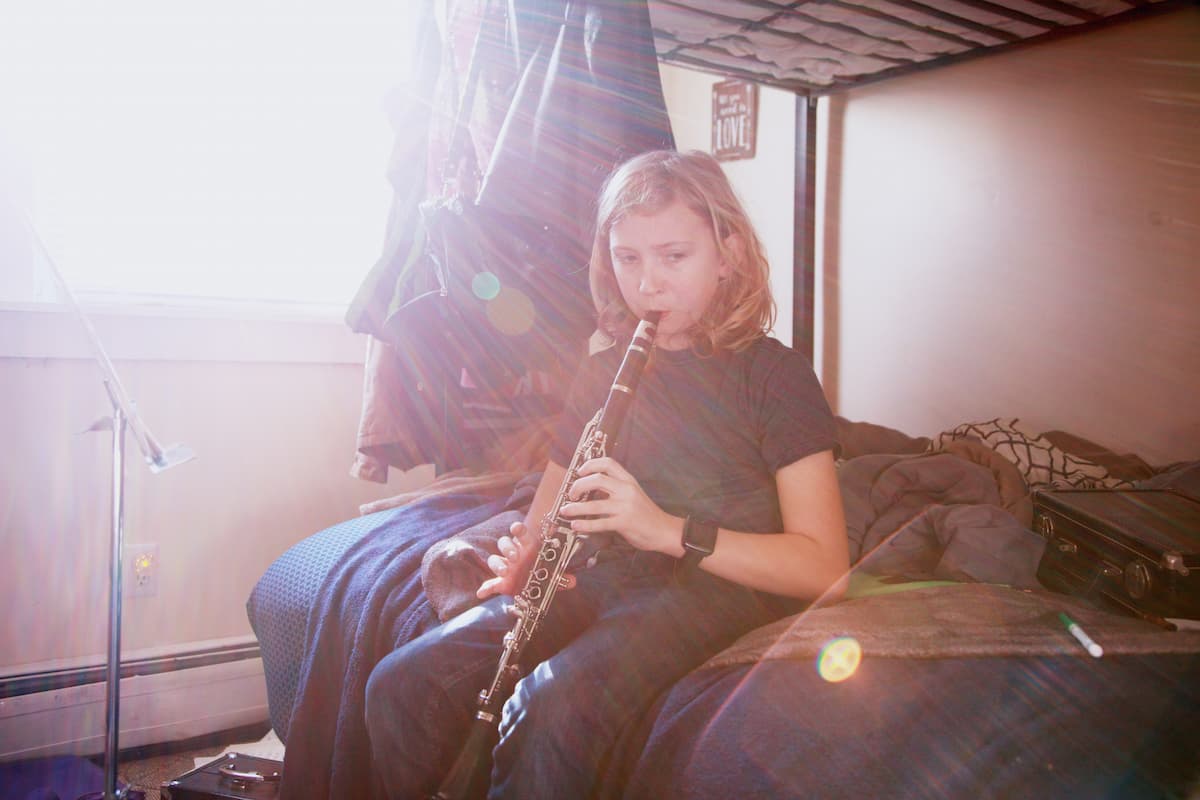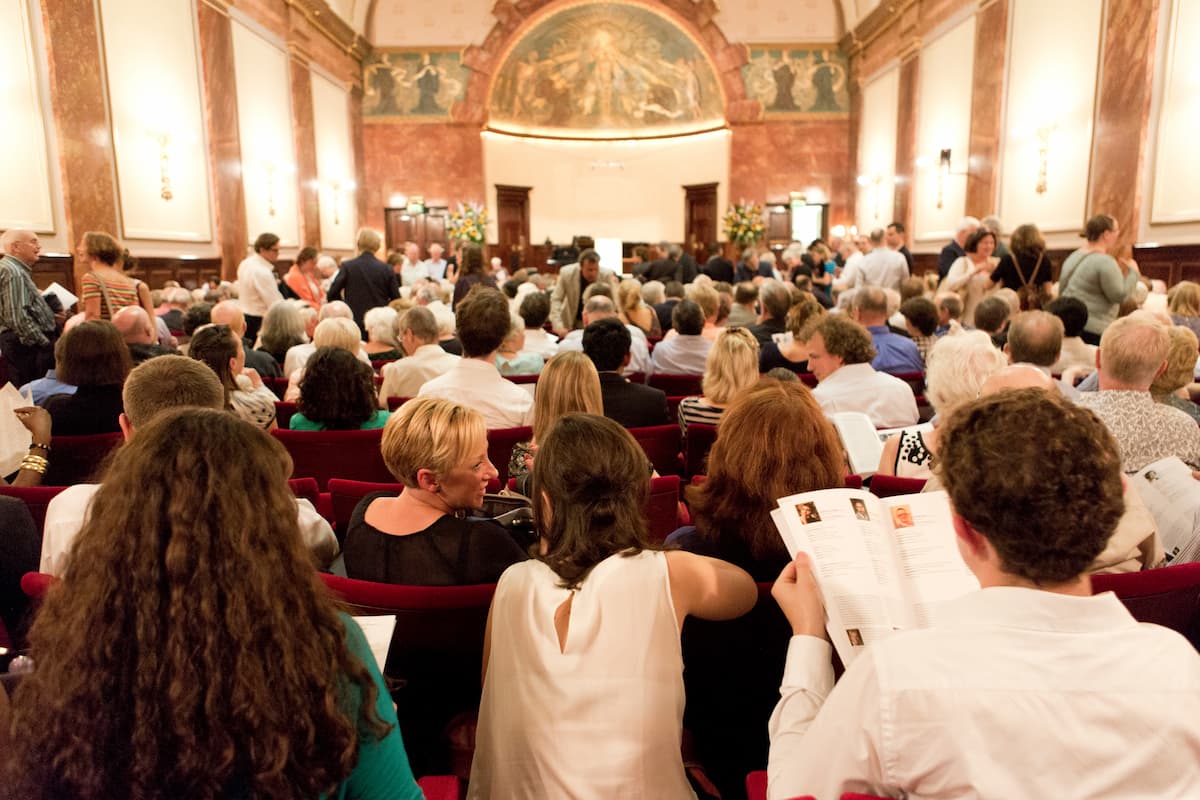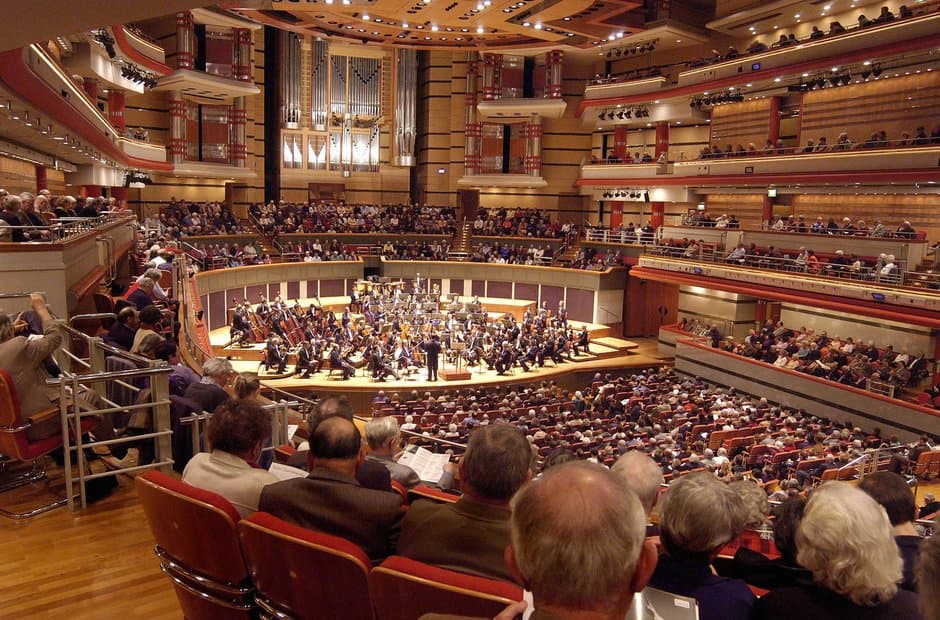 A busy professional pianist will need to have several programmes of music “in the fingers” at any given time, which can be made ready for some kind of performance at any given time. Alongside that there is new repertoire to be learnt, old repertoire to be revised, overhauled, finessed, or just simply kept going. And then there is “emergency” repertoire – stepping in for an indisposed colleague or being required to learn something quickly. How to keep repertoire alive and fresh, even if one has been working on it and/or performing it for a long time is an issue for most performers.
A busy professional pianist will need to have several programmes of music “in the fingers” at any given time, which can be made ready for some kind of performance at any given time. Alongside that there is new repertoire to be learnt, old repertoire to be revised, overhauled, finessed, or just simply kept going. And then there is “emergency” repertoire – stepping in for an indisposed colleague or being required to learn something quickly. How to keep repertoire alive and fresh, even if one has been working on it and/or performing it for a long time is an issue for most performers.
“Note bashing” is no substitute for the hard graft of careful, in-depth learning, spending time with the music, living with it and understanding what makes it special. A long association with a work can make one hyper-sensitive to all its subtleties and nuances, yet with that growing familiarity, one can also approach it in new ways. Equally, however, a long association can make one complacent or lazy about the music.
A consistently open-minded attitude to one’s practising and approach to music helps avoid complacency, or worse, boredom. Listening or playing “around” the music (i.e. exploring works by the same composer or his/her contemporaries) and reading about it can offer new insights; and playing for others always throws up new thoughts and ideas (as well as revealing weak areas to be dealt with in practising). Going to concerts is another source of useful food for thought. And sometimes simply having the score lying around the house, open on a table where one sees it every day even if one is not physically playing it, allows one to engage with the music. I believe that this day-to-day “living with the music” gives one a profound understanding of it which is invaluable to one’s ongoing relationship with the music, in practice and in performance.
Mozart: Rondo alla Turca (Yuja Wang)
These days, it strikes me that many young pianists learn far too many pieces too quickly, perhaps pushed by tutors, managers or promoters to make them more appealing or exciting to the listening public. Surface artifice and crowd-pleasing technical wizardry too often seem to be the order of the day, rather than a deeper understanding of the music. Alternatively, there is middle-of-the-road technique and formulaic modes of expression (nothing too controversial, but sounding sufficiently exciting or natural to satisfy critics and audience) which also avoids having to confront the music head on and live with it.
Schubert: Impromptu in G flat (Alfred Brendel)
It is interesting to note that certain performers choose to focus on a handful of composers or a niche of the repertoire. Alfred Brendel, before he retired from performing, was particularly noted for his performances of Viennese masters Haydn, Mozart and Schubert, while Murray Perahia, for example, chooses to focus on, mostly Bach, Mozart, Beethoven and Schubert. What might be considered by others to be a rather narrow focus, is, to me, a sign of an artist who is willing to thoroughly immerse himself in the works of a specific composer, often revealing new insights about that composer’s music because of their detailed association with it. Other performers, such as the Canadian pianist Marc-André Hamelin, seem to be able to tackle anything, including rarities of the repertoire, and yet still bring to its intellectual rigour, musical understanding, insight and spontaneity in performance.
Marc André Hamelin: Toccata on “L’Homme armé”




